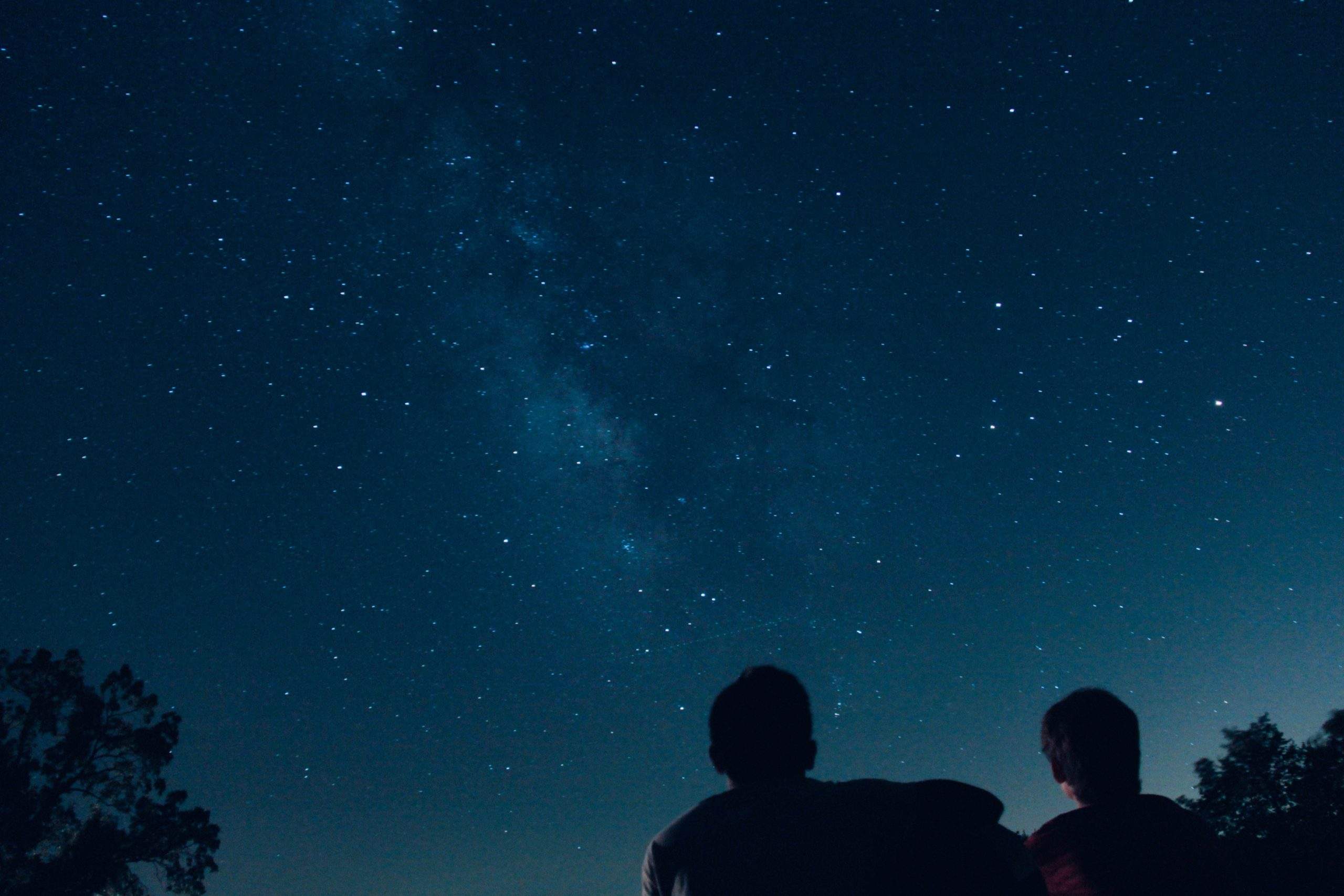As we approach the fall equinox on September 23, seasoned astronomers and nature enthusiasts are eagerly preparing for this next season of stargazing. With nights stretching longer the farther out from summer we get, the dark sky is a stage for celestial wonders.
All you have to do is look up to see constellations, planets, and meteor showers lighting up the sky this fall. The velvet canvas is best viewed from a spot far away from city lights: International Dark Sky places, campgrounds across the U.S., and elsewhere on public lands are ideal settings for throwing a star party from an RV, campervan, or travel trailer.
To help you plan around the cosmos, we’ve put together a guide to stargazing this fall with astronomy events, constellations visible this time of year, and rigs best for catching a shooting star. So sit back, tip your chin towards the heavens, and watch the comets dance.
RVs For Rent Near You
Astronomy Events in Fall 2023
Orionids Meteor Shower
When: September 26 to November 22, peaks October 22
One of the most anticipated events this fall is the Orionid meteor shower, which features fast and bright bluish-hued remnants of Halley’s Comet. The new moon falls just a few days before the peak, making for optimal dark-sky conditions as long as the clouds steer clear.
Annual Solar Eclipse
When: October 14
On the second Saturday in October, a solar eclipse will cross North, Central, and South America, according to NASA. It will begin in Oregon at 9:13 a.m. PDT and end in Texas at 12:03 p.m. CDT. Viewers in the pathway can expect maximum obscuration of the sun.
Geminid Meteor Shower
When: November 19 to December 14, peaks December 13 and 14
Stargazers will have several days to see the impressive display of bright and colorful meteors making their way across the night sky. This shower is caused by debris from an asteroid named 3200 Phaethon entering our atmosphere and burning up. It’s named after the constellation Gemini.
Full Moons
A full moon occurs when the Earth is positioned between the sun and the moon, illuminating the moon’s full glowing face. Every year, we experience 12 full moons.
– September 29: Super Harvest Moon, the last supermoon of the year. You’ll notice that this moon is slightly larger in the sky, which makes this night great for night hikes and sky viewing.
– October 28: Full Hunter’s Moon. This used to be the time when people started hunting for game animals, according to the Old Farmer’s Almanac.
– November 27: Full Beaver Moon. It’s named after the beaver because this was the time of year when beavers became particularly active.
– December 26: Full Cold Moon. This moon marks the first full moon of winter and the last of the calendar year.
Constellations To Look For This Fall
Using the Old Farmer’s Almanac, we’ve identified a few of the more obvious constellations that you can see during the fall months. But what you see will depend on where you’re located. Use a more detailed app like Star Walk, Sky Safari 7, or NASA’s very own app for star knowledge.
-The Big Dipper and the Little Dipper, which are always opposite each other.
-Great Square of Pegasus is made up of four stars of equal brightness.
-Andromeda the Princess has 16 stars. Can you spot them all?
-Orion the Hunter is probably the most recognizable with its 3-star belt.
Our Favorite Rentals For Stargazing
1. Pop the top of this Winnebago Solis in Oakland for a peek at the stars.
2. This RAM Promaster with a rooftop deck is ready for stargazing leaves from Seattle.
3. Not many rentals have a moonroof, but this one in Englewood, Colorado does.
4. This little towable Airstream in Austin, Texas has plenty of windows for night sky viewing.
5. Climb up into the rooftop tent of this Orlando, Florida-based Jeep Wrangler.
6. This Scamp in Sunderland, Vermont has a back window big enough for astrology fanatics.
As the first leaves begin to change color and the nights grow colder, we’re excited for all the possibilities of fall stargazing. Whether it’s the wonder of discovering distant galaxies or the simple joy of lying back and pondering the vastness of the universe, autumn’s night sky will be a source of inspiration and curiosity for those of us who take the time to look up.








